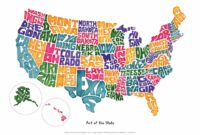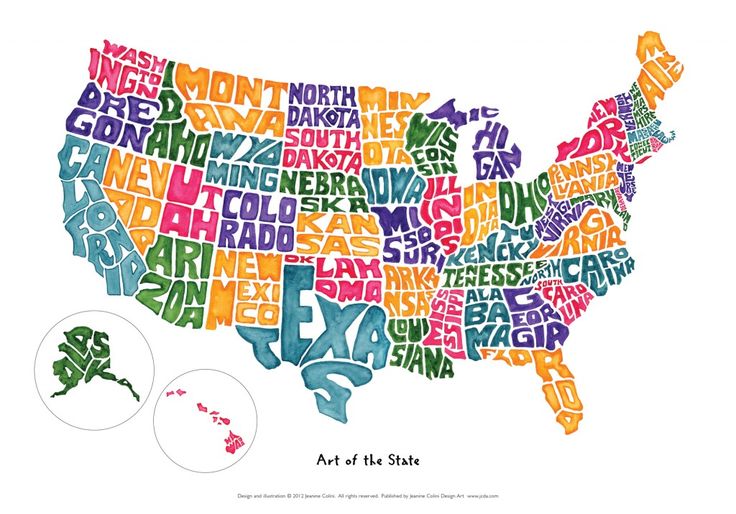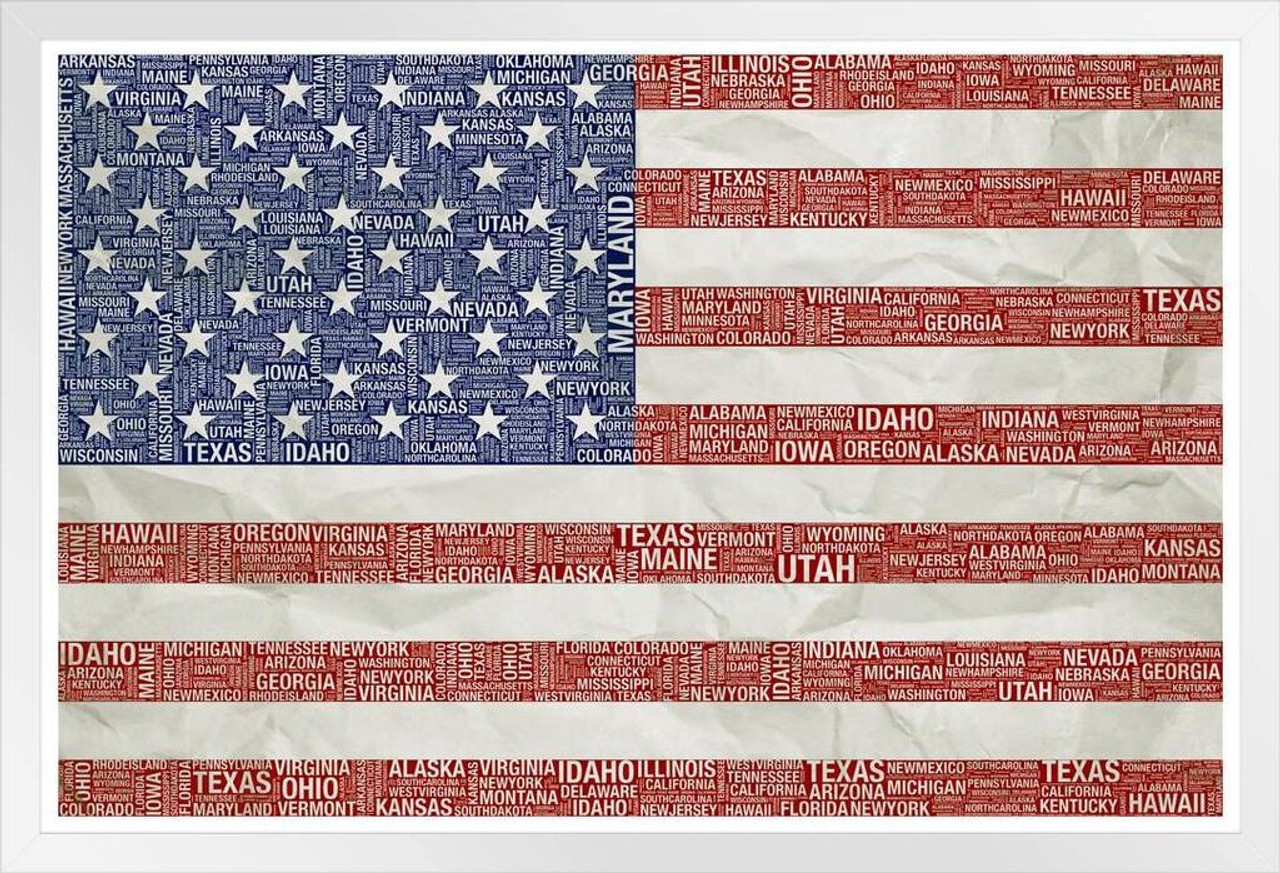How the Occupational Safety and Health Administration (OSHA) Regulates Workplace Safety
Introduction
The Occupational Safety and Health Administration (OSHA) is a key regulatory agency in the United States responsible for ensuring safe and healthy working conditions. Established in 1970 under the Occupational Safety and Health Act (OSH Act), OSHA enforces safety standards, conducts workplace inspections, and provides training and education to reduce workplace hazards. Understanding OSHA’s role and regulations is essential for employers and employees to maintain compliance and promote workplace safety.
Key Responsibilities of OSHA
OSHA’s primary mission is to prevent workplace injuries, illnesses, and fatalities. The agency achieves this through:
1. Setting Workplace Safety Standards
- OSHA establishes safety guidelines for industries such as construction, manufacturing, healthcare, and transportation.
- These standards cover hazard communication, machine guarding, respiratory protection, fall protection, and exposure to harmful substances.
- Employers must comply with OSHA’s General Duty Clause, which mandates that workplaces be free of recognized hazards.
2. Conducting Inspections and Enforcement
- OSHA inspects workplaces to ensure compliance with safety regulations.
- Inspections may be triggered by:
- Employee complaints
- Workplace accidents or fatalities
- Scheduled inspections for high-risk industries
- Violations can result in fines, penalties, or business shutdowns.
3. Providing Safety Training and Resources
- OSHA offers training programs through the OSHA Outreach Training Program.
- It provides materials on hazard recognition, emergency preparedness, and workplace ergonomics.
- Employers are encouraged to provide ongoing safety education for workers.
OSHA Standards and Regulations
OSHA enforces a range of regulations to ensure workplace safety. Some of the key areas include:
1. Hazard Communication Standard (HCS)
- Requires employers to inform workers about hazardous chemicals used in the workplace.
- Safety Data Sheets (SDS) must be available for all hazardous substances.
2. Personal Protective Equipment (PPE) Requirements
- Employers must provide appropriate PPE, such as gloves, helmets, goggles, and respirators.
- PPE must meet OSHA standards to effectively protect workers from workplace hazards.
3. Fall Protection Standards
- OSHA mandates fall protection measures for employees working at heights above six feet in construction and four feet in general industry.
- Safety measures include guardrails, safety nets, and personal fall arrest systems.
4. Machine Guarding Regulations
- Employers must ensure that machinery has safety guards to prevent injuries from moving parts.
- Common safeguards include barriers, two-hand control mechanisms, and automatic shut-offs.
5. Respiratory Protection Standard
- Requires employers to provide respirators for workers exposed to airborne contaminants.
- Employers must conduct fit testing and medical evaluations for respirator use.
6. Emergency Action and Fire Safety Plans
- Workplaces must have a written emergency action plan (EAP) detailing evacuation procedures.
- Fire prevention plans must include proper storage of flammable materials and fire extinguisher accessibility.
Employer Responsibilities Under OSHA
Employers must comply with OSHA regulations by:
- Providing a safe working environment that minimizes risks.
- Training employees on workplace hazards and safety procedures.
- Maintaining safety records and reporting serious injuries or fatalities to OSHA within 8 hours.
- Displaying OSHA posters in visible areas to inform employees of their rights.
- Correcting safety violations and addressing workplace hazards promptly.
Employee Rights Under OSHA
Workers are entitled to:
- A safe and healthy workplace free from recognized hazards.
- Access to safety training and protective equipment.
- Report workplace hazards or violations without fear of retaliation.
- Request an OSHA inspection if they believe safety violations exist.
- Refuse dangerous work conditions if imminent danger is present.
Consequences of Non-Compliance
Failure to comply with OSHA regulations can result in:
- Fines and penalties (ranging from hundreds to millions of dollars, depending on severity).
- Legal actions and lawsuits from injured workers.
- Increased workers’ compensation costs due to workplace injuries.
- Damage to company reputation and potential loss of business contracts.
OSHA’s Role in Workplace Safety During COVID-19
During the COVID-19 pandemic, OSHA introduced additional workplace health and safety guidelines, including:
- Personal protective equipment (PPE) mandates for healthcare workers.
- Enhanced cleaning and sanitation protocols.
- Social distancing measures and ventilation requirements.
- Mandatory reporting of COVID-19 workplace exposures.
Conclusion
OSHA plays a crucial role in regulating workplace safety across industries. By establishing safety standards, conducting inspections, and enforcing compliance, OSHA helps protect workers from hazards and ensures employers maintain a safe working environment. Businesses that prioritize OSHA compliance not only avoid penalties but also create a culture of safety, boosting employee morale and productivity. Staying informed and implementing best practices can significantly reduce workplace injuries and improve overall occupational health.


















Leave a Reply